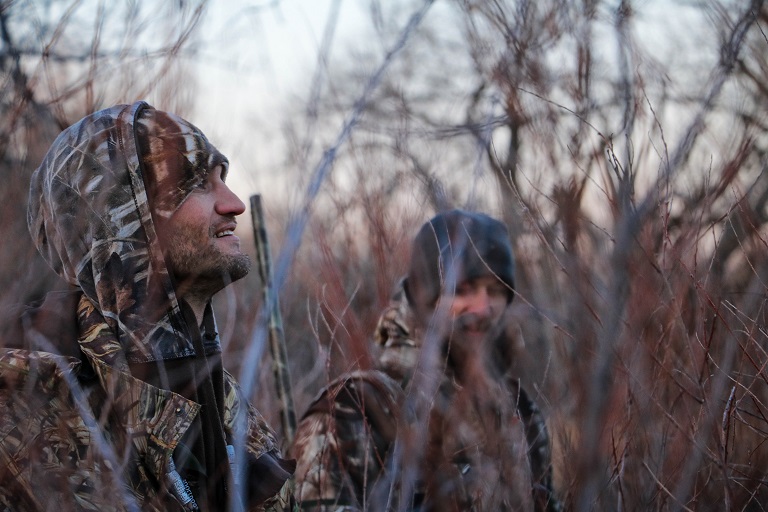5th Jul 2016
A Brief History of BB Pellets (and how they're made)
The common or garden BB pellet which sees use in many applications including airsoft and traditional shooting weapons dates all the way back to the 1880s.
During this time, pellets commonly comprised of lead began to see use by shotgun owners as an alternative to the conventional bullet shaped projectile.
These soon become readily available in hardware shops and were sold in bags with a variety of different weights and sizes – usually assigned with codes such as ‘B’, ‘BB’ and ‘BBB’.
Unsurprisingly, ‘BB’ was quickly regarded as the standard configuration for these pellets with a diameter of 0.180 inches and a minimum weight of 9 grams.
As BBs became more prevalent in the gun world, their construction was soon optimised to afford consumers with a more precise firing experience.
Daisy, a leading manufacturer of BBs, revised the original configuration to feature a smaller diameter of 0.175 inches which, despite being only a small divergence from the original design, allowed the company to save money on lead and produce an improved pellet.
BBs have undergone numerous different changes throughout the years in order to accommodate different gun variants; however, their comparatively light weight and compact construction characteristics remain much the same.
So the next question to ask is…
How are they made?
Due to the sheer volume of pellets required and the high cost associated with processes such as casting, BB companies typically use a different method to produce this specific type of ammunition.
Injection moulding is the name of the game here – a technique which allows for the quick production of small, uniform products on a large scale.
Raw plastic material is collected in a warehouse before being heated for use in the injection moulding machines.
These feature a specially designed mould template into which the plastic is inserted.
The exertion of high temperatures cause the plastic to become softer and this helps facilitate the production process as the material can now mould perfectly to the spherical contours of the machine’s template.
Once the injection stage is complete, the machine then releases the finished object which is comprised of a large number of pellets sandwiched between two parallel rails.
The BBs are released from these rails after being subjected to a vertical pressing movement by automatic robot arms and the remaining plastic is then taken to be recycled for later use.
After being sorted into appropriate groups, the pellets can undergo a number of additional stages depending on the manufacture and their intended use before being packaged and sent off.
For instance, BBs can be dyed in specific colours to comply with a company or airsoft team’s aesthetic whilst high end products can even be applied with a polish to further reduce the friction between the pellet and the gun’s barrel.
Whilst BBs are a relatively simple product, they are a hugely important part of many gun-based sports including both traditional shooting and airsoft.
